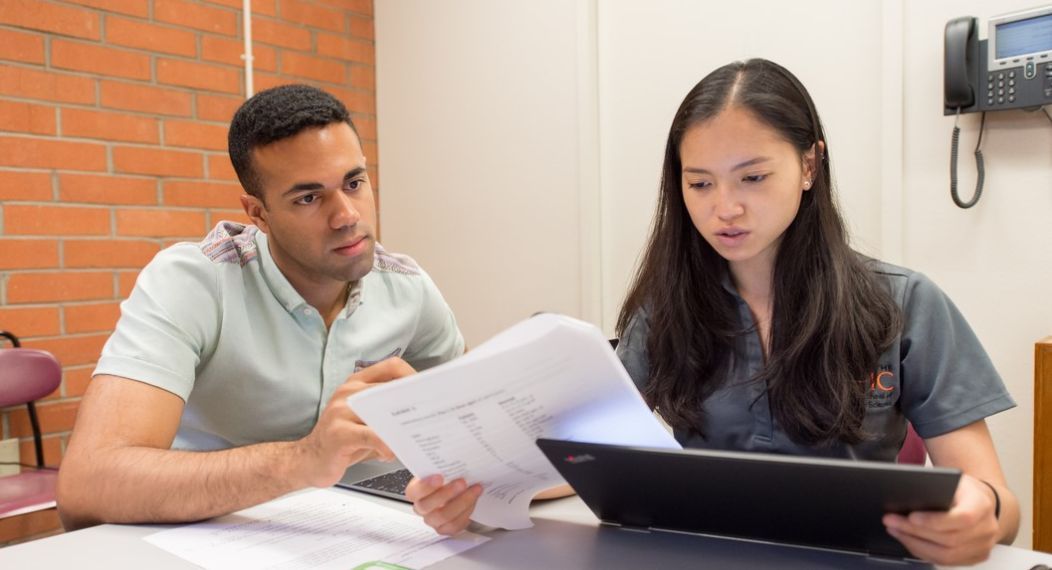About the Program
Established in 2016, the Master of Physician Assistant Studies (MPAS) degree program has made its mark as a flagship program of the School of Health Sciences. Each January, the program admits a new cohort of students. Applicants with a bachelor’s degree in any major and an interest in the Physician Assistant profession are encouraged to apply. While in the program students will gain rich and diverse clinical experiences through clinical rotations at regional clinics and hospitals, honing their clinical skills acquired during their didactic training. This program is offered at Pacific’s newest facility, the Center for PA Education (opened in January 2024), in Sacramento in the historic Oak Park neighborhood.
Growing Demand
According to the Bureau of Labor Statistics of the U.S. Department of Labor, “Employment of physician assistants is projected to grow 31 percent from 2020 to 2030, much faster than the average for all occupations. […] Demand for healthcare services will increase because of the growing and aging population. Growth of the population means more need for healthcare services generally, and members of the large baby boom generation will require more medical care as they age. An increase in the number of patients with chronic diseases, such as diabetes, will also increase healthcare demand and, in turn, drive the need for healthcare providers including physician assistants who often provide preventive care and treat the sick. Furthermore, increases in incomes may improve access to healthcare services, and advances in medical technology will continue to increase the number and types of treatments available.
Physician assistants can provide many of the same services as physicians. PAs are expected to continue to have a growing role in providing healthcare services because they can be trained more quickly than physicians. Team-based healthcare provision models will continue to evolve and become more commonly used. Physician assistants will have growing roles in all areas of medicine as states expand allowable procedures and autonomy, and as insurance companies expand their coverage of physician assistant services.




